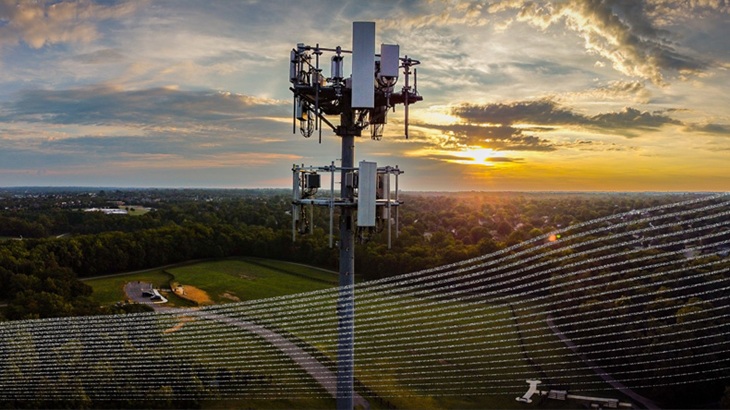
By Ahmad Hathout
The CRTC has closed the loop on a matter it opened over a year ago: that it does, indeed, have concurrent jurisdiction with Industry Canada over the wireless attachments on telco-owned or controlled structures.
The ruling means the installation of small cell and Wi-Fi equipment is subject to the support structure tariffs filed to the commission, which was the starting point for the matter in question.
The commission held that preliminary view since February 2024 after Rogers and Quebecor applied to it for an order directing Bell, which was accused along with Telus of dragging its feet, to grant the cable companies’ small cell attachment applications.
Bell has maintained that Industry Canada has full jurisdiction over the matter on the basis that it handles radio apparatus, which it said defines small cells, and that there would be conflict if there was concurrent jurisdiction. In the event the CRTC does find it has jurisdiction, Bell said it should still refrain from regulating because there’s competition in the support structure market – which is a primary justification for how the CRTC determines forbearance.
“Under sections 24 and 25 of the Telecommunications Act, the Commission has broad powers to regulate the provision of telecommunications services by Canadian carriers, including the rates, terms, and conditions associated with those services,” the CRTC ruled Wednesday. “To this end, the Commission regulates access to support structures owned or controlled by the ILECs to ensure timely access by competitors and to reduce the duplication of support structures.
“With respect to Bell Canada’s submission that the Commission should continue to forbear from regulating wireless services, the Commission agrees that it has a long history of such forbearance,” the commission added. “However, this proceeding pertains to access to support structures, not wireless services. Support structures are used to deploy a range of technologies and services, including some that are forborne, such as retail Internet services.”
The commission has also maintained the existing tariff language addresses the equipment to be installed and that the installation of these facilities will still require permits.
However, the CRTC also ruled that licensees will not be required to apply for permits for “addition, rearrangement, transfer, replacement, or removal of equipment inserted in their own cable on strands leased” from the telcos.
The decision comes after the Supreme Court of Canada ruled that the CRTC does not have similar jurisdiction over municipal structures.
Photo via Sasktel



